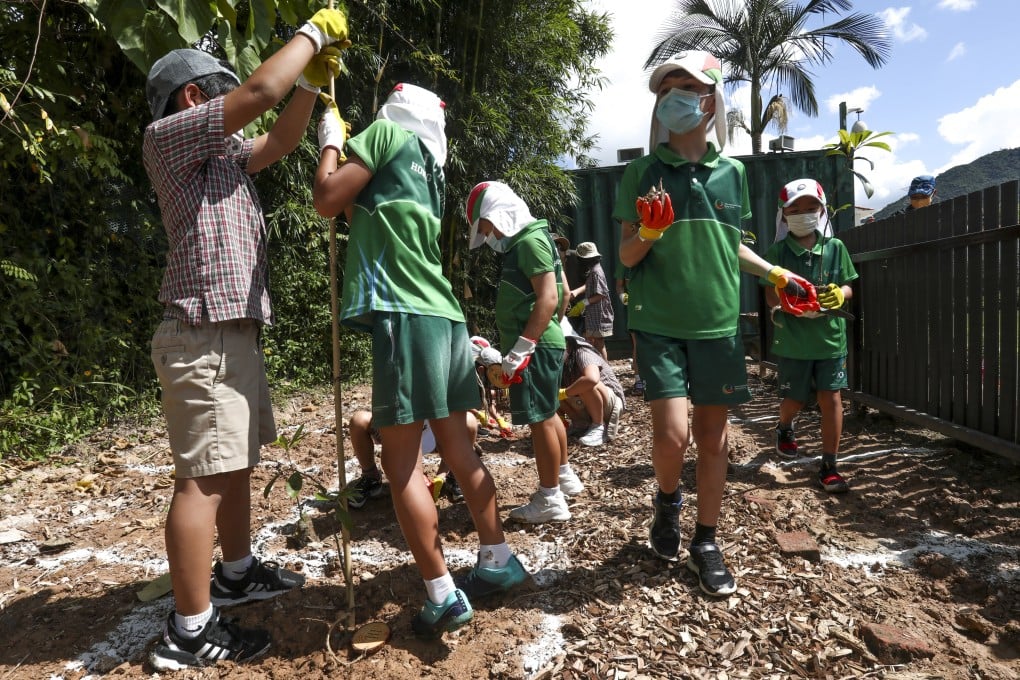Advertisement
Opinion | Hong Kong must tackle the biodiversity and climate crises together
- Climate change, biodiversity loss and economic development can no longer be treated separately
- With COP15 and COP26, the government has a momentous opportunity to help secure an ambitious global biodiversity agreement
Reading Time:3 minutes
Why you can trust SCMP
2

The Hong Kong government launched its updated Climate Action Plan 2050 earlier this month, aiming to reach carbon neutrality by 2050 and pledging HK$240 billion (US$30.9 billion) for climate actions.
Advertisement
COP26, the UN climate conference starting in Glasgow on October 31, represents a critical moment in our urgent response. But as the Hong Kong government addresses the climate crisis, it is essential that it does not overlook another crisis driven by Hongkongers: the catastrophic loss in biodiversity. Since 1970, global wildlife populations have dropped by a shocking 68 per cent on average.
The climate and nature crises are interlinked. The pressure we place on nature through the ways we feed, fuel and clothe ourselves is driving up greenhouse gas emissions and causing biodiversity to disappear.
In Hong Kong, development and unsustainable use of natural resources are the major drivers of biodiversity loss on land and at sea – Hong Kong’s consumption of natural resources is the third-worst per capita in the Asia-Pacific.
In Hong Kong, flooding and extreme weather are the risks posed by a warming climate. The threats presented by biodiversity loss are perhaps more subtle, but just as great.
Advertisement
Ecosystems that are more intact are more resilient to climate change, and can offer more protection for us, our economies and the biodiversity around us. The collapse of natural ecosystems puts us in harm’s way.

Advertisement
